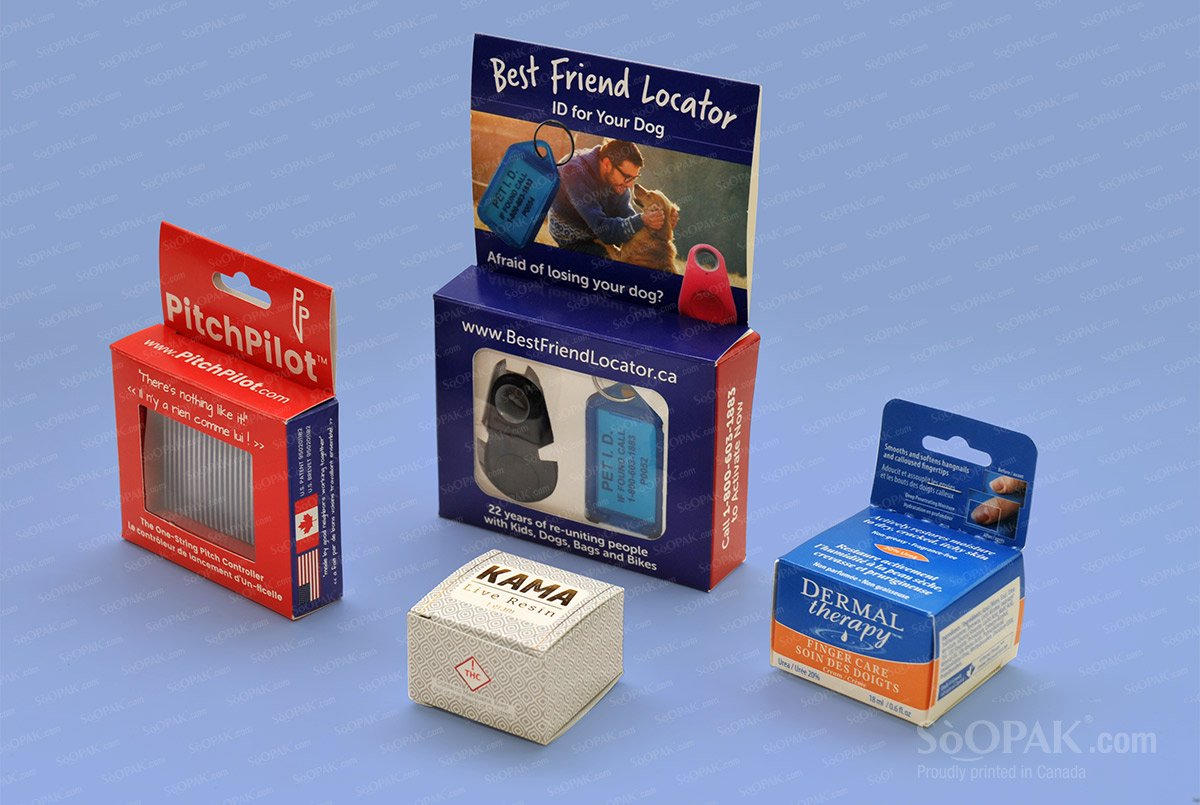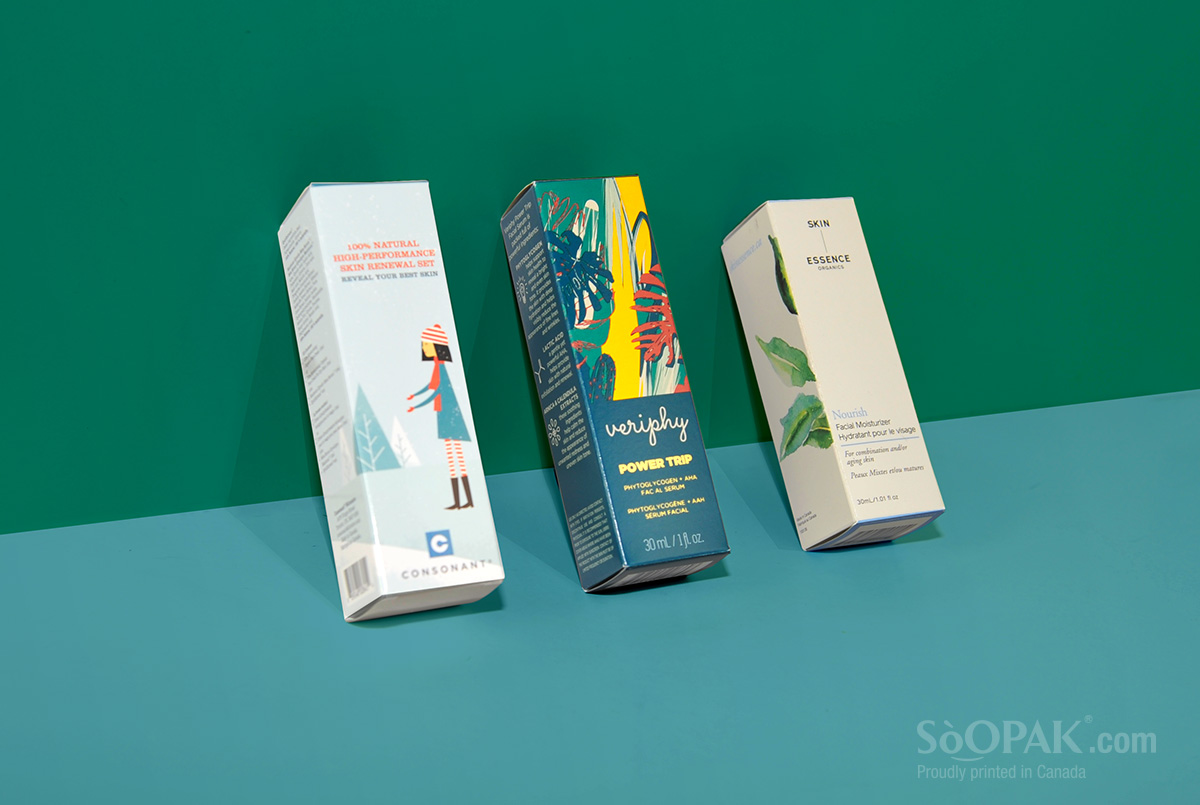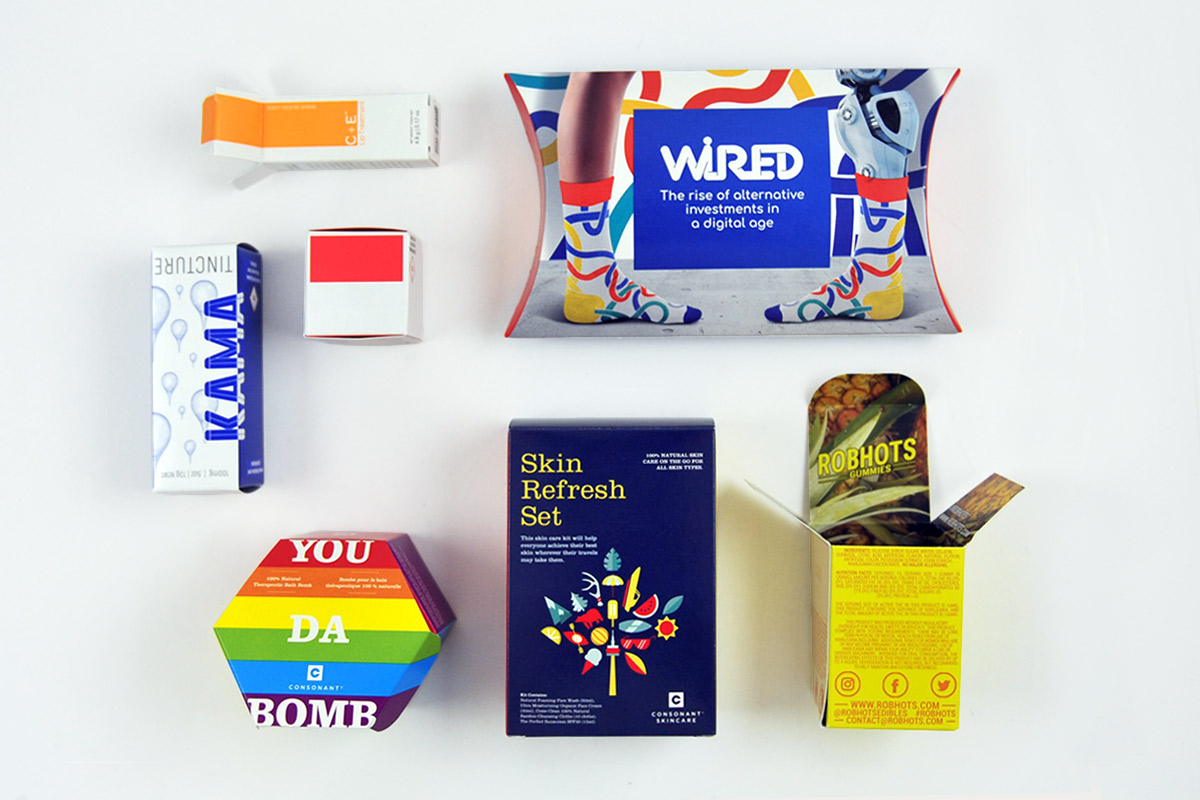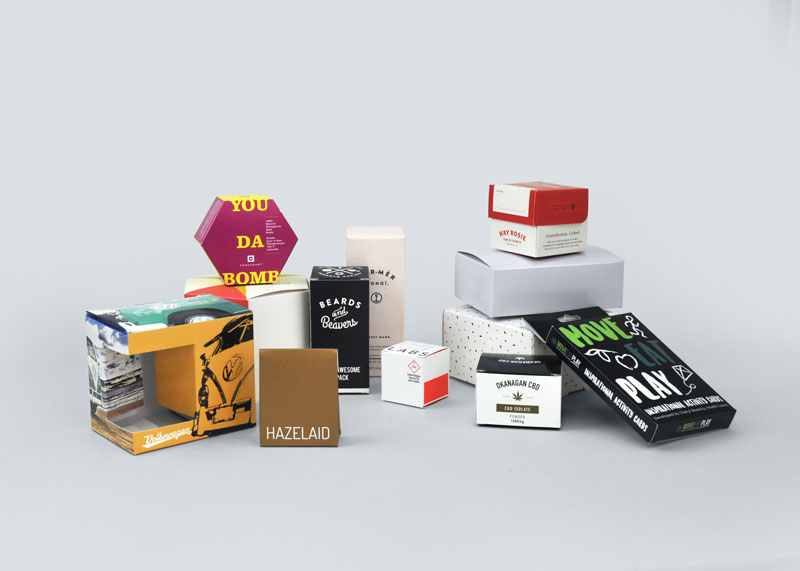If you are new to product packaging, you may be wondering how to present your product in the best way possible. Creating a quality product is the most important thing, but good packaging is also a very important part of marketing your new creation. Here are a few tips to guide you through the process.
Before You Start
Analyze your product to determine what size, shape, and type of packaging will be best suited for it. How will it be marketed? Who is your target audience? Is it children, adults, farmers, doctors, men, and/or women? Will it be sold in a store or only online? When you have identified these points, you are ready to begin the design process.
Design Elements
Much of your packaging design will depend on your target market. Color, graphics, and typography should all work together to appeal to a certain age group or demographic that you are aiming for. Bright colors appeal to children, while subtler tones are more appropriate for a line of women’s fragrances. Graphics must also complement not only the product but also the target market. Many products need a photograph or clear artwork that honestly and accurately depicts the item contained in the package. Use a typeface that is easy to read and matches the product and your target market. A block sans serif font is appropriate for many items. A fancy yet readable script, on the other hand, is nice for products like women’s toiletries.
Required Copy
There is certain information that is required to be on packaging and the specifics vary from product to product. If it’s a food product, then weight, ingredients, allergens, and information about the number of servings, calories per serving, any vitamins and minerals present, and so on must be spelled out. Most products nowadays require a barcode as well. Many items should have an expiration date. You may wish to include batch code numbers so that in case of complaints, you’ll know which product and which run is being contested. Any information that changes frequently should be printed on a sticker paper, such as a peel-and-stick type. That way, you can label each batch as needed.
Packaging Material
When you evaluate your product, you’ll determine what type of packaging will be best suited for it. Will it be a cardboard box? A plastic bag? A glass or plastic bottle? A blister pack? A square, rectangular, round, or tube shape? Your packaging supplier can even help you make an educated decision.
When you have all these elements identified, you’ll be ready to begin the design process with confidence.




